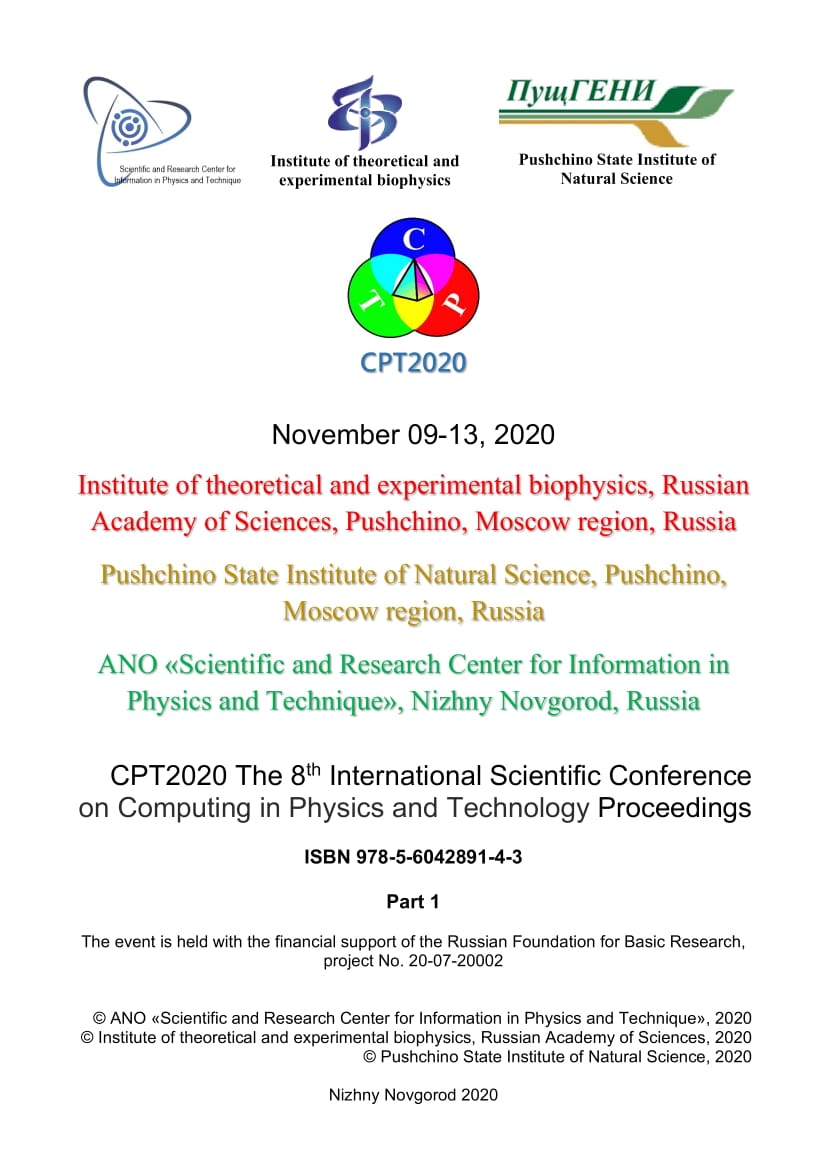Nizhny Novgorod, Russian Federation
Nizhny Novgorod, Russian Federation
Nizhny Novgorod, Russian Federation
Nizhny Novgorod, Russian Federation
Nizhny Novgorod State University of Architecture and Civil Engineering
Russian Federation
Nizhny Novgorod, Russian Federation
BISAC MAT013000 Graphic Methods
Frequent cases of man-made disasters, terrorist attacks and military conflicts lead to an increase in the number of victims. Significant soft tissue defects are known to result from gunshot wounds. So, as a result of mine-blasting injuries, defects in the skin and underlying tissues more than 10 cm in diameter are formed in 71.1% of cases. The prerequisite for the uncomplicated course of the wound process is to achieve an adequate comparison of the edges of the wound without excessive tension. To close such extensive wounds, various technical means are used: sutures on pads, various types of dermatotension. We have developed various models of wound contractors (RC) for treatment of wounds. With the help of the RC, a complete reposition and good adaptation of the edges of the wound is created. The wound closure method using these RC almost completely eliminates tissue cutting and limits the sawing effect to a minimum. This is explained by the effects of elastic forces reducing to zero when matching soft tissues and suturing. The use of hardware methods for suturing wounds requires the development of mathematical models of various types of wounds and surgical sutures. These models should provide a simulation of living tissues of the wound edges behavior to achieve the best results in the treatment of wounds by RC advanced technologies. The purpose of this study is to mathematically justify RC with the parallel holding of spokes. Another purpose is to develop a mathematical model of the wounds suturing by hardware technology.
wound suturing, wound contractors, spoke adaptation and reposition contractors, branch, adaptation and reposition apparatus
1. Pisarenko, G.S. Spravochnik po soprotivleniyu materialov / G.S. Pisarenko, A.P. YAkovlev, V.V. Matveev. - Kiev: Naukova Dumka, 1975. - 704 s.
2. Feodos'ev, V.I. Soprotivlenie materialov / V.I. Feodos'ev. - M.,1970. - 544 s.
3. Chernyh, K.F. Nelinejnaya teoriya uprugosti v mashinostroitel'nyh raschetah/ K.F. CHernyh. - L.: Mashinostroenie, 1986. - 336 s.
4. Efimenko, N.A. Plasticheskaya i rekonstruktivnaya hirurgiya v lechenii ognestrel'nyh ranenij / N.A. Efimenko, A.A. Gricyuk, S.M. Rybakov i dr.// Aktual'nye problemy travmatologii i ortopedii: Materialy nauch. konf., provodimoj v ramkah mezhdunar. foruma «CHelovek i travma». - CHast' 1. Nizhnij Novgorod, 2001. - S. 149-150.
5. Izmajlov, S.G. Apparatnaya tekhnika v lechenii gnojnyh ran/ S.G. Izmajlov, V.V. Beschastnov, A.A. CHirkin, A.I. Rotkov i dr. - Kazan', 2007. - 92 s., ill.
6. Bazanov, K.V., Effektivnost' biomekhanicheskogo modelirovaniya abdominoplastiki v lechenii posleoperacionnyh ventral'nyh gryzh: diss.kand.med. nauk. - Nizhnij Novgorod: NGMA, 2000. - 214s.
7. Popov, E.V. Metod natyanutyh setok v zadachah geometricheskogo modelirovaniya: diss. d-ra tekhn. nauk. - Nizhnij Novgorod: NNGASU, 2001. -350s.
8. Svetuhin, A.M. Etiopatogeneticheskie principy hirurgicheskogo lecheniya gnojnyh ran / A.M. Svetuhin, V.M. Matasov, V.G. Istratov i dr.// Hirurgiya, - 1999.-№ 1.- S. 9-11.





